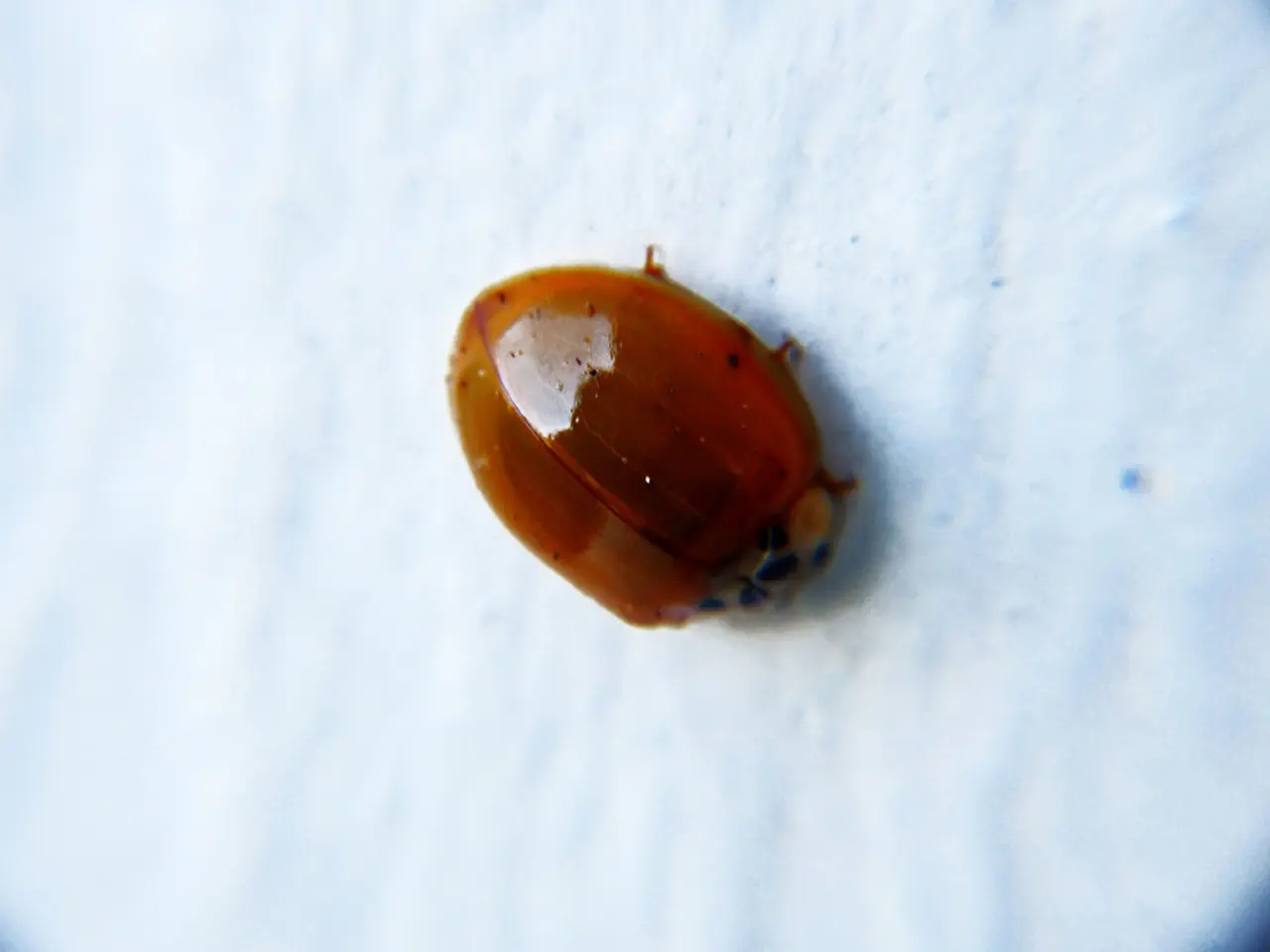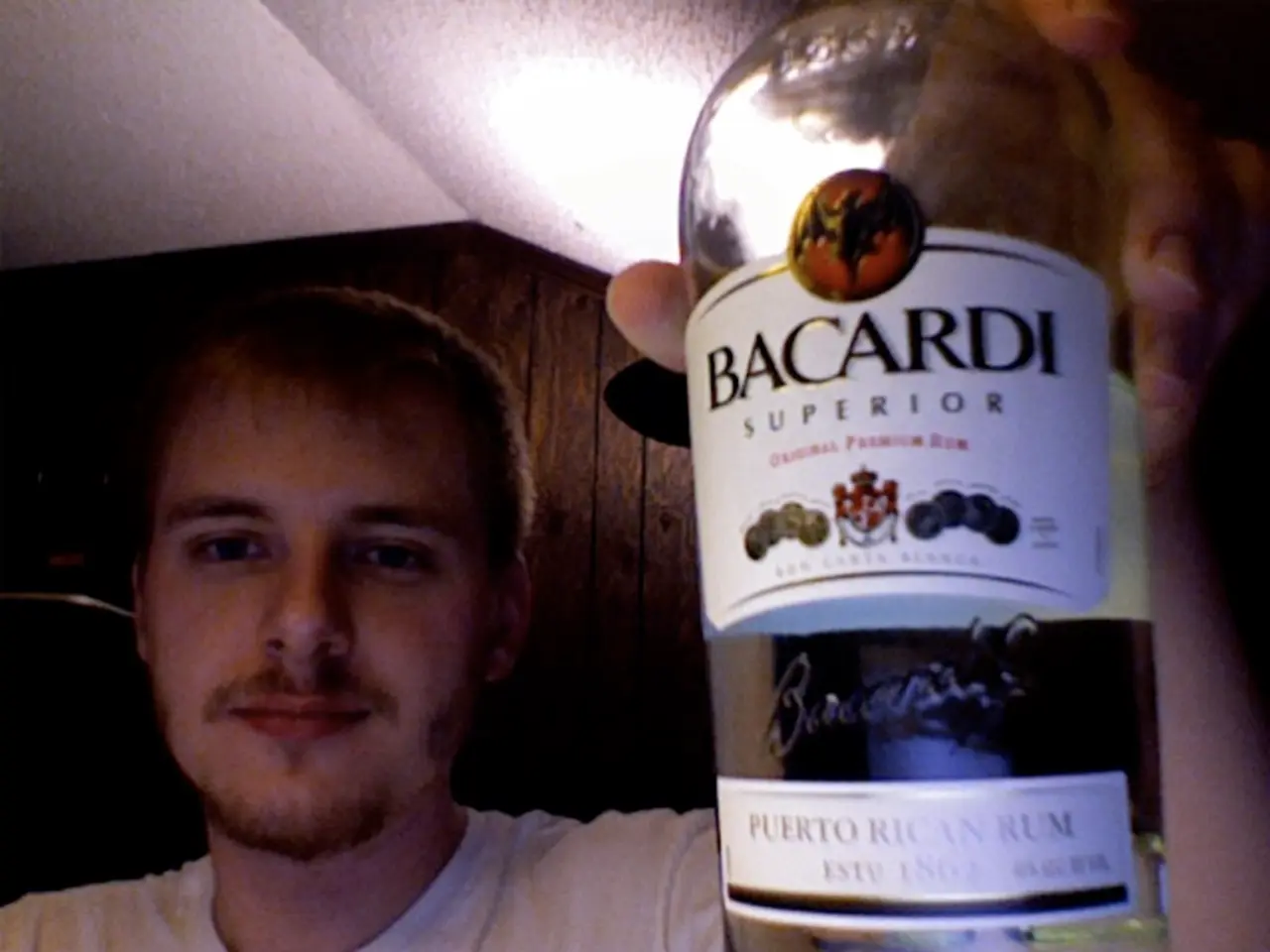An Umbilical Hernia is a type of hernia that occurs around the navel (belly button), where the abdominal muscle weakens and allows part of the intestine to bulge out.
Umbilical hernias in children are a common condition, characterised by a bulge near the belly button caused by a portion of the intestine or fatty tissue pushing through a weak spot in the abdominal muscles.
In most cases, umbilical hernias close on their own by the age of 1 to 2 years. However, if the hernia does not close or becomes larger or symptomatic, surgical intervention may be necessary.
Diagnosis and Treatment
Diagnosing an umbilical hernia involves recognising symptoms, physical examination, and sometimes imaging tests like ultrasounds or X-rays. If you observe any signs of complications or if you have concerns about your child's umbilical hernia, it is essential to consult a healthcare provider. They can perform a physical examination and may recommend imaging tests to assess the hernia's condition.
Treatment options vary depending on the severity of the hernia. For small umbilical hernias in infants, doctors may recommend a "watchful waiting" approach, monitoring the hernia over time to see if it resolves on its own. On the other hand, if the hernia is large or causing significant discomfort, surgical intervention may be necessary.
Surgical Intervention
"Hernia Repair Surgery" is a common procedure where the bulging tissue is pushed back into the abdomen, and the abdominal wall is reinforced, often with stitches or mesh. A minimally invasive option for surgical intervention is "Laparoscopic Surgery," which uses small incisions and a camera to guide the repair, resulting in less pain and quicker recovery.
Post-operative Care
After surgery, proper care is crucial for a smooth recovery. Parents should follow the surgeon's post-operative instructions carefully, monitor the child for any signs of complications, such as increased pain, swelling, or fever, and encourage gentle activities and limit strenuous movements during the recovery period.
Long-term Prognosis
The long-term effects of umbilical hernias in children after treatment are generally minimal, especially when properly treated. Surgical repair is usually effective, and with proper follow-up, recurrence or lasting functional problems are rare. Children do not usually experience chronic problems such as core weakness or chronic pain that untreated diastasis recti can cause.
Risk Factors
Risk factors for umbilical hernias in children include being a premature infant, having low birth weight, frequent coughing or crying, constipation, obesity, having a family history of hernias, being male, being of certain ethnicities, having Down syndrome or other congenital disorders, and being exposed to secondhand smoke.
Symptoms to Watch For
If you notice any of the following symptoms while managing an umbilical hernia at home: increased pain or discomfort, swelling or redness around the hernia, vomiting or nausea, inability to push the hernia back in, seek medical advice immediately. These symptoms could indicate complications such as strangulation, incarceration, or fever, which require urgent medical attention.
In summary, with timely diagnosis and surgical treatment when needed, children with umbilical hernias typically have an excellent long-term prognosis with minimal residual effects. Untreated hernias, however, risk serious complications. Regular follow-up care is essential after treatment to monitor your child's recovery and ensure that the hernia does not recur. Always keep an open line of communication with your healthcare provider regarding any concerns or changes in your child's condition.
If severe medical conditions arise from an umbilical hernia, such as incarceration or strangulation, prompt surgical intervention is crucial for the child's health and wellness. For the management of umbilical hernias, parents should be aware of symptoms like increased pain, swelling, vomiting, inability to push the hernia back in, and seek immediate medical assistance if observed.




